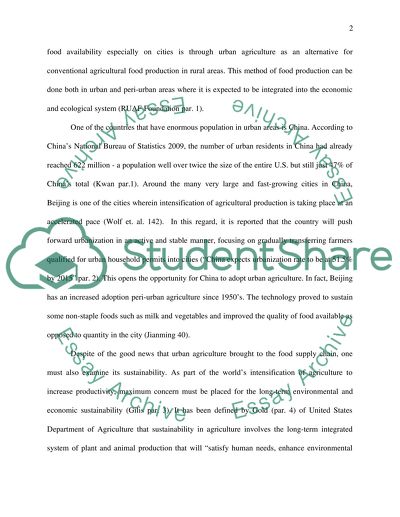Cite this document
(“Sustainability analysis of urban agriculture in Beijing, China Research Paper”, n.d.)
Retrieved from https://studentshare.org/agriculture/1397082-sustainability-analysis-of-urban-agriculture-in-beijing-china
Retrieved from https://studentshare.org/agriculture/1397082-sustainability-analysis-of-urban-agriculture-in-beijing-china
(Sustainability Analysis of Urban Agriculture in Beijing, China Research Paper)
https://studentshare.org/agriculture/1397082-sustainability-analysis-of-urban-agriculture-in-beijing-china.
https://studentshare.org/agriculture/1397082-sustainability-analysis-of-urban-agriculture-in-beijing-china.
“Sustainability Analysis of Urban Agriculture in Beijing, China Research Paper”, n.d. https://studentshare.org/agriculture/1397082-sustainability-analysis-of-urban-agriculture-in-beijing-china.


